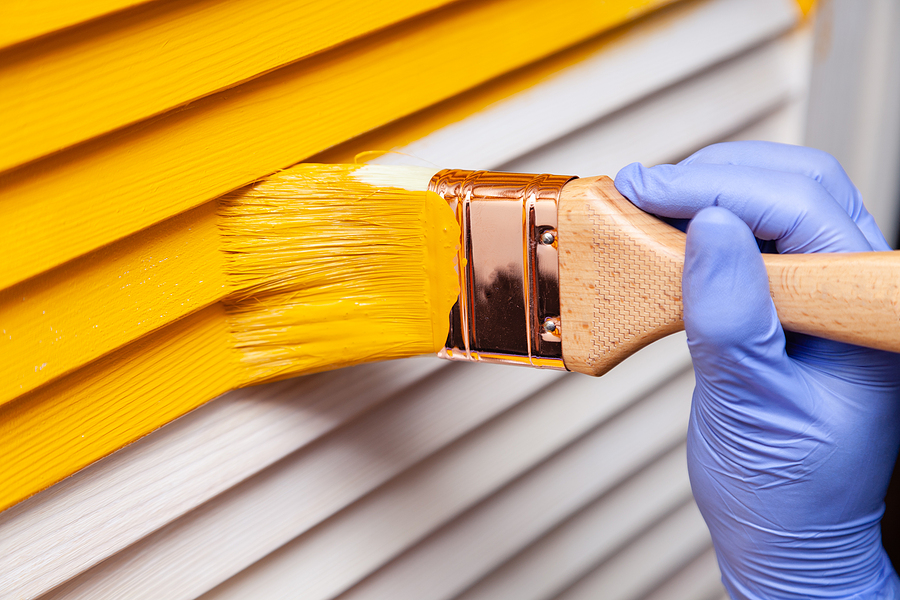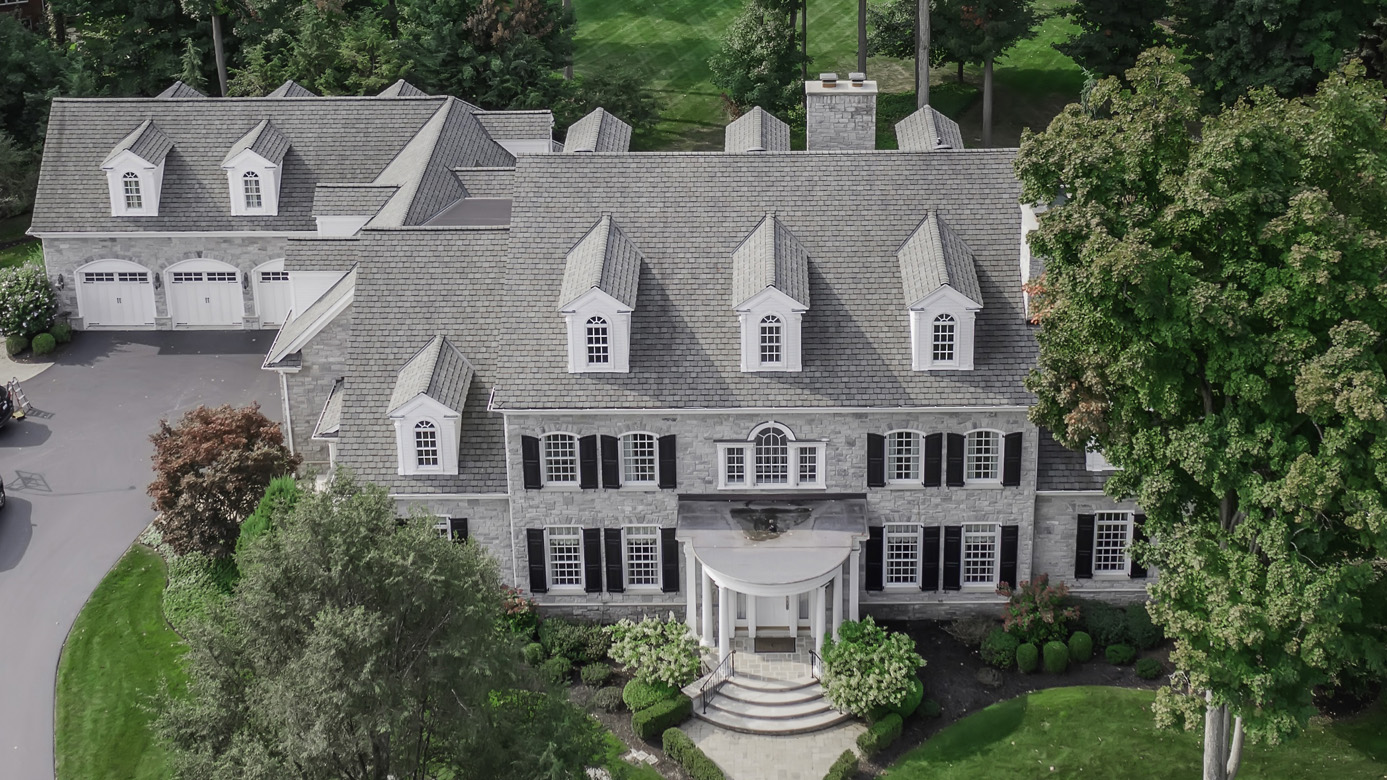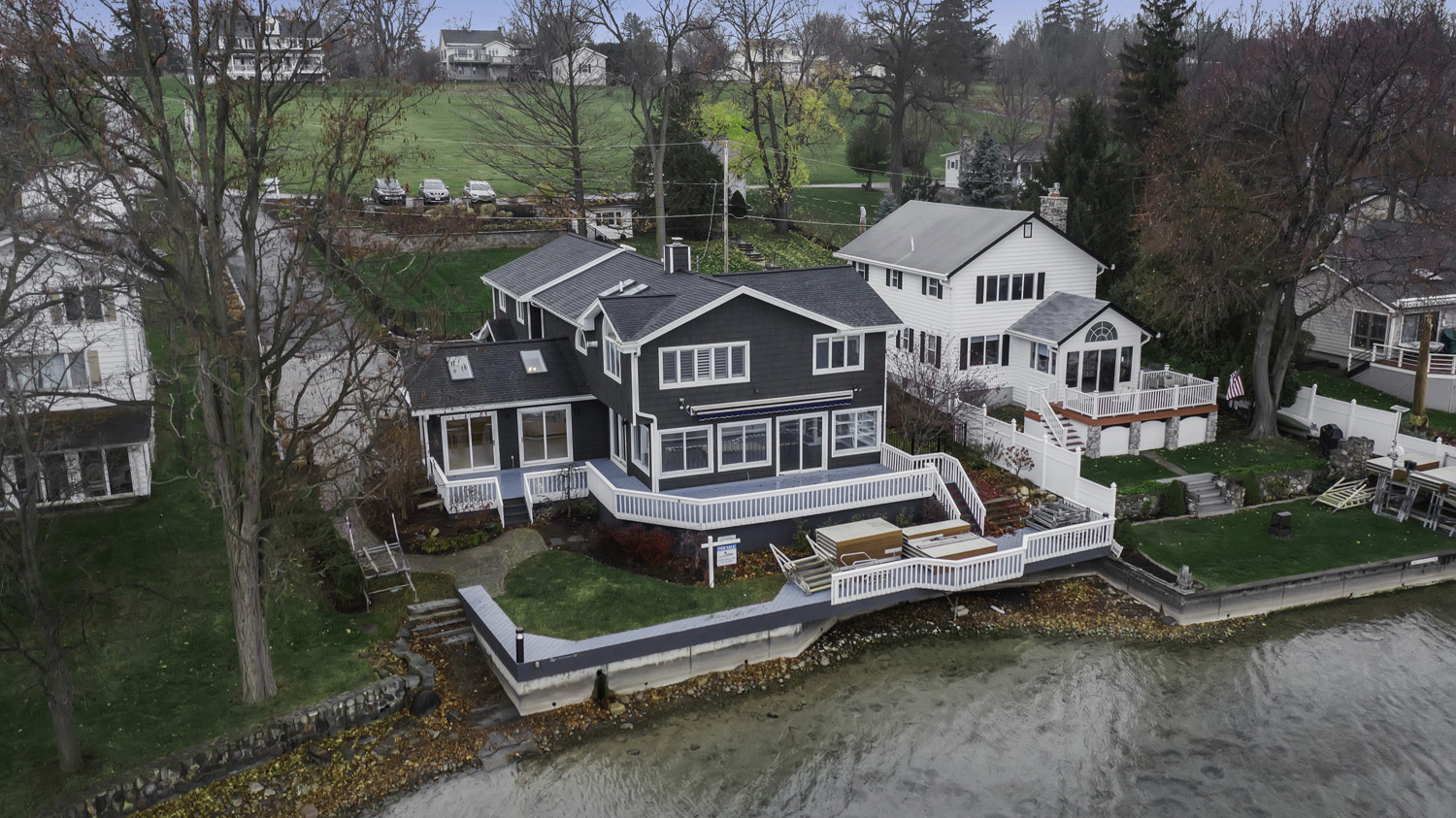Paint is like sunscreen for your house – use the right SPF
By Richard F. Pezzino
Just as we don’t leave our skin exposed to sunlight and water for any length of time, the wood on our homes needs to be protected. And just as we apply suntan lotion “by the numbers,” we have to use the right paint combinations to protect our wood.
In as little as three to four weeks, exposed wood will deteriorate from the effects of the ultraviolet rays in sunlight. And of course, water takes its toll as well. Painting the exterior of your house is a huge project, so you want to do it right the first time – no sense in having to do it again next year.
When you are building a house, wood siding should be pre-primed on all surfaces before it even gets to the job site. Then, as the pieces are cut to fit on site, the raw edges should be sealed with primer as the siding is installed. Some primers will form a soaplike film after exposure to weather that can keep the top coat from properly adhering, so the top coat should be applied within two weeks. If too much time goes by, you may have to wash the siding before you paint.
Painting is a fair-weather job. It has to be done while the weather is dry and temperatures are above 50ºF. If pre-primed siding is used during winter, it shouldn’t be top-coated until the temperatures rise.
The durability of paint is determined by the ratio of resin (the material that binds the paint to the building) to pigment (the source of color). The more resin in the mix, the better the particles of pigment stick to the wood surface. Since pigment is less expensive than resin, low-cost paints generally have more pigment, while expensive paints have more resin.
High-pigment paints will cover well, but they don’t weather well and soon you’ll be bringing out your paintbrushes again. The glossiness of paint is a sign of its resin content and durability. The higher the gloss, the more resin and the longer the paint job will last.
Ideally, the paint on your home sheds water but is vapor permeable (allows it to breathe), is resistant to sunlight, has good adhesion and stretches with the expansion and contraction of the wood. Different woods call for different types of paint. When the wood is dry and stable, a premium acrylic latex primer and two acrylic latex top coats will do the job.
However, if your wood releases water-soluble extracts like cedar or redwood do, you’re better off to go with an oil-based prime coat and a latex top coat. This won’t breathe as well as the straight latex combination, but it will provide the best adhesion and stain blocking.
Wood stains don’t stand up as well as paints, so if your house is stained, you’ll have to re-coat it more frequently. Solid body stains are actually thin paints and shouldn’t be used at all – unless you enjoy painting a lot.
There’s some controversy over decks these days because typically the treated woods used to build decks contain arsenic, a substance that has been found to be a health hazard. Since decks are horizontal, they really take a beating from rain and snow. Decks need a coating that is vapor permeable and repels water. Stains will help with protection from sunlight yet let the wood dry fairly quickly. But they are just like suntan lotion – they have to be regularly applied. Never use paint on a deck – it holds the moisture in which in turn rots the wood.
So, if you’re waiting `til fall to get that painting done, don’t leave it until the temperatures fall too low – and make sure you use the right paint for the job.
Richard F. Pezzino is a Certified Home Inspector, a member of the National Association of Home Inspectors, National Radon Safety Board and has U.S.E.P.A. training in Lead Abatement and Lead Risk Assessment. His company, Accu-View Property Inspections, can be reached at 882-2200 or on the web at www.accuviewinspections.com.











